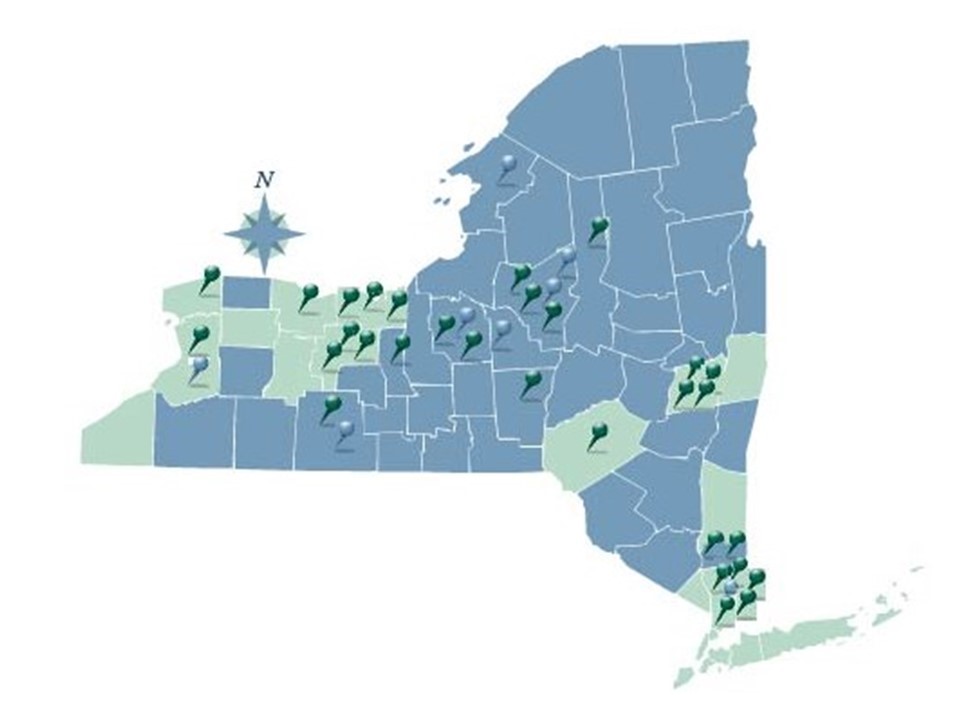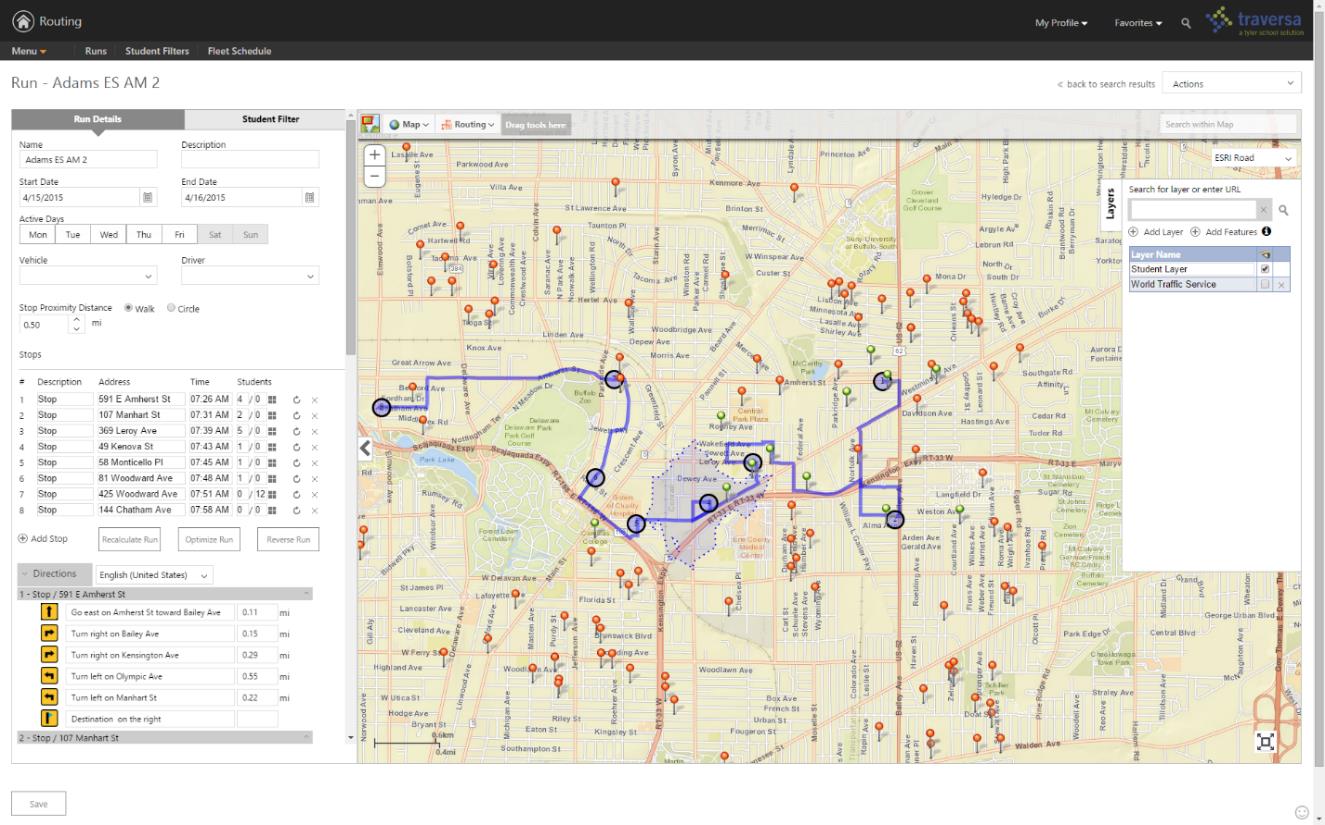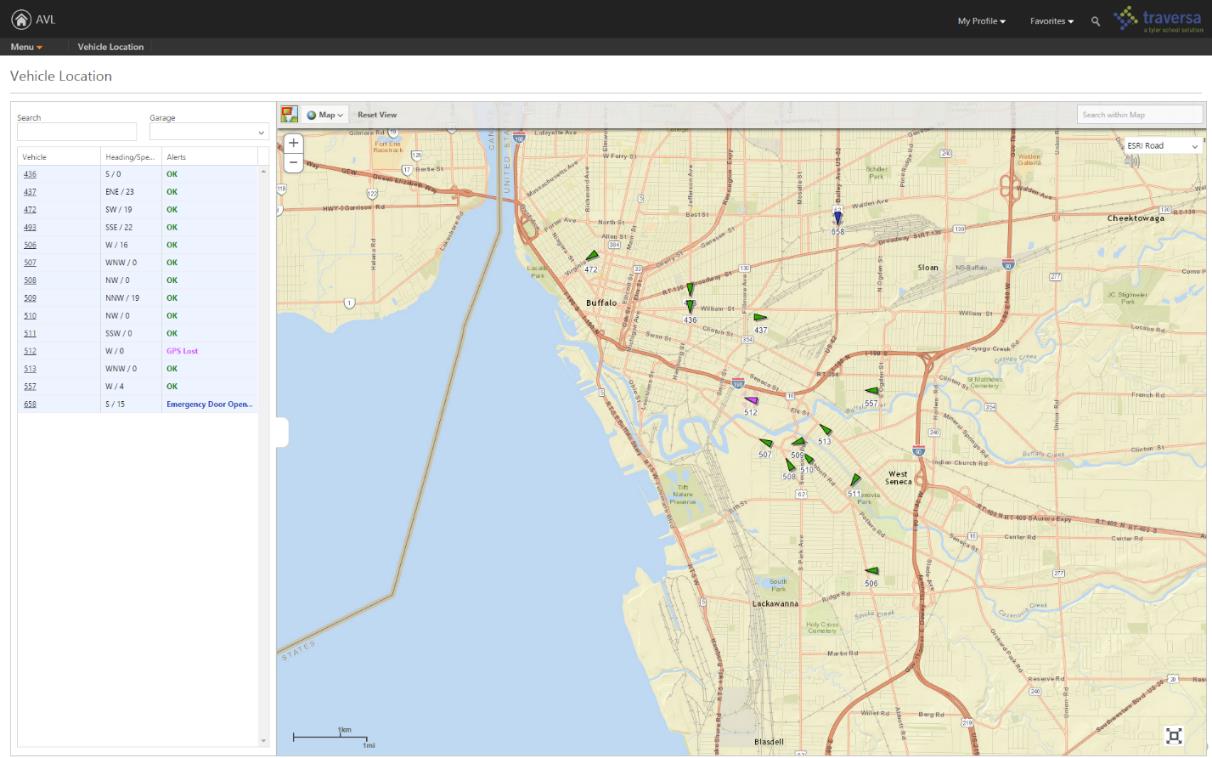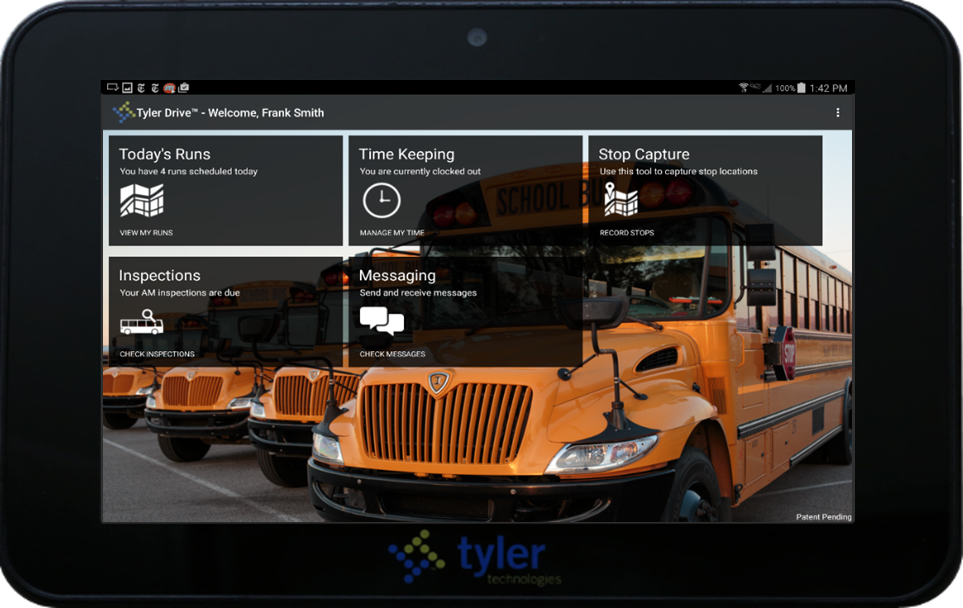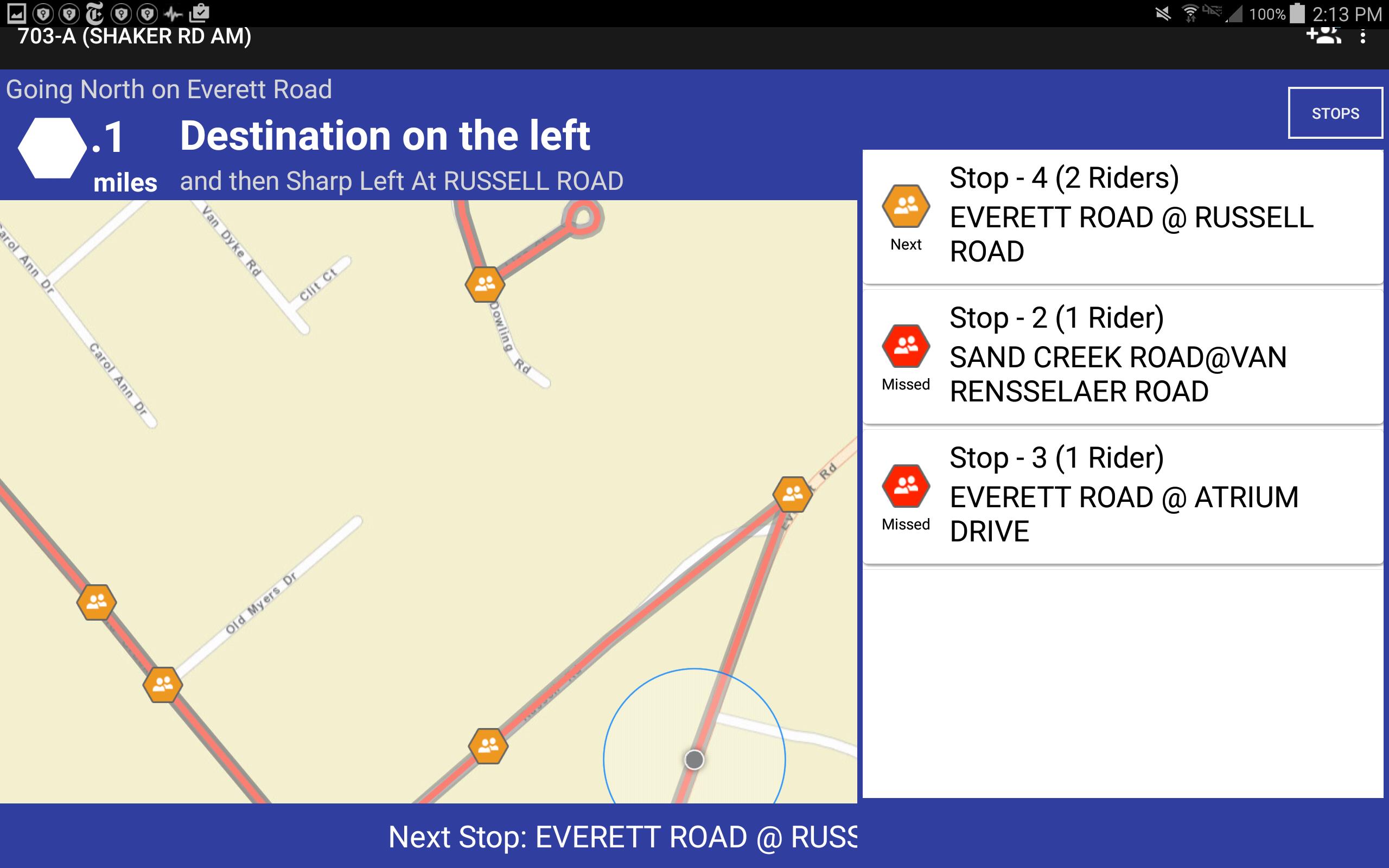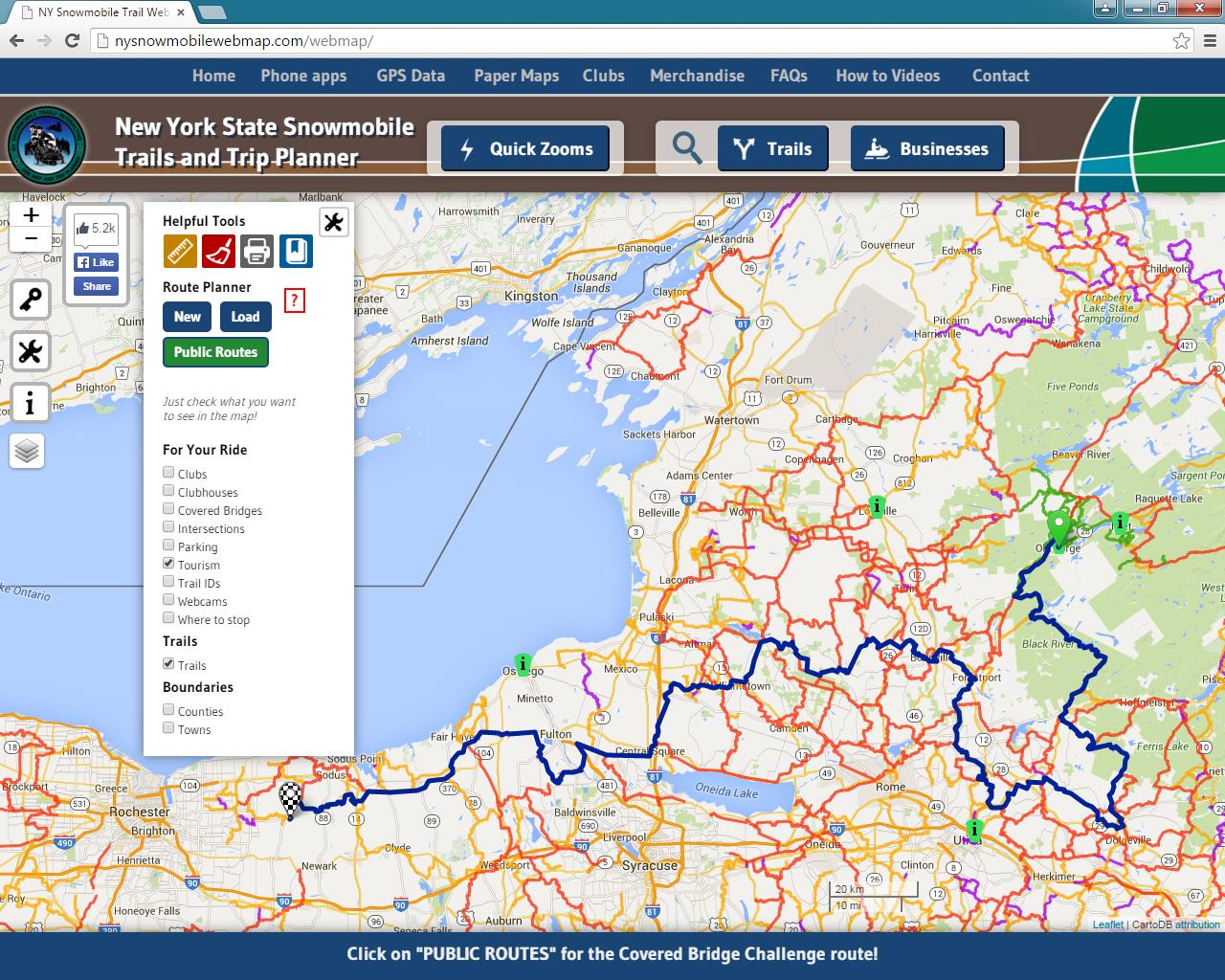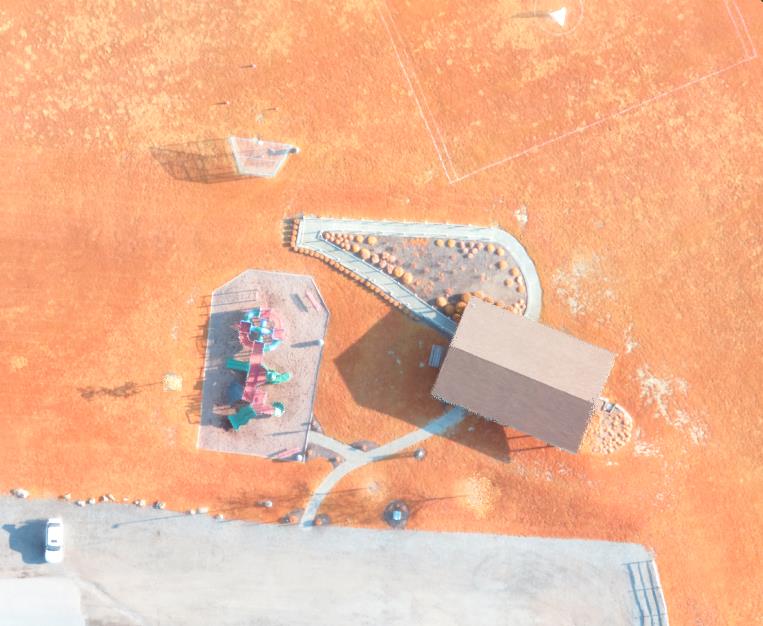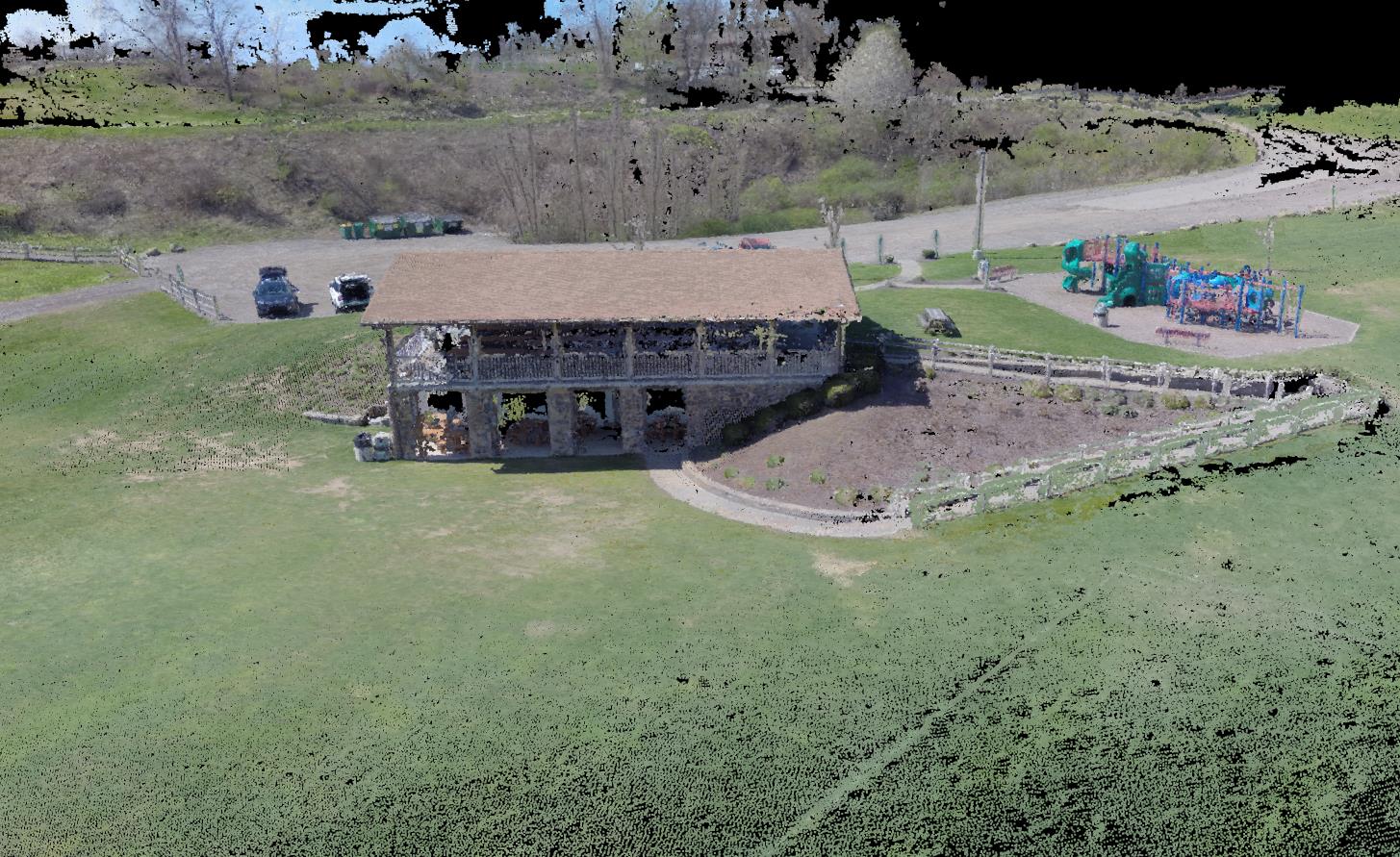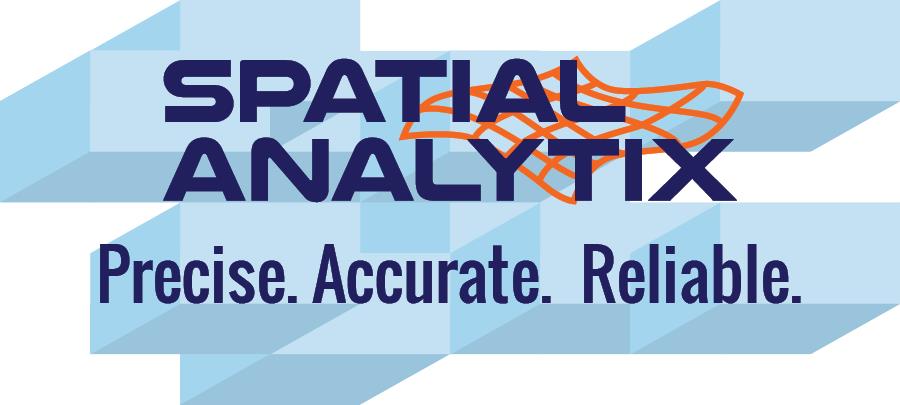There is no secret of the increasing use of GIS technology in the real estate industry due to the latter’s overwhelming interest and dependency on LOCATION. For real estate professionals, location is always one of the determining factors influencing property value. Geospatial technology provides the foundation for many common real estate tasks including property research, market analysis, spatial analysis, matching tenants to available properties, plan market expansion and contraction, as well as staying abreast of changing consumer tastes and local demographics. The expanding availability of business and marketplace datasets, online property (records) and land information systems, and more friendly and accessible enterprise web-based geospatial software tools enables real estate firms building geospatial capacity to act more quickly than their competitors.
One Empire State firm which has embraced and is currently expanding it’s GIS infrastructure is the The Shopping Center Group (SCG). A more focused group within the company is called SCG Retail which is located in Manhattan and concentrates on retail real estate properties in urban environments not specific to shopping centers. It is in this office where primary SCG GIS resources are located providing geospatial support and guidance to other SCG offices in the United States. Established in 1984, SCG is a retail-only real estate company providing advisory services to tenants, landlords, developers, investors and financial institutions. With 22 offices from New York to Southern California, it is the largest commercial/retail-only real estate firm in the United States.
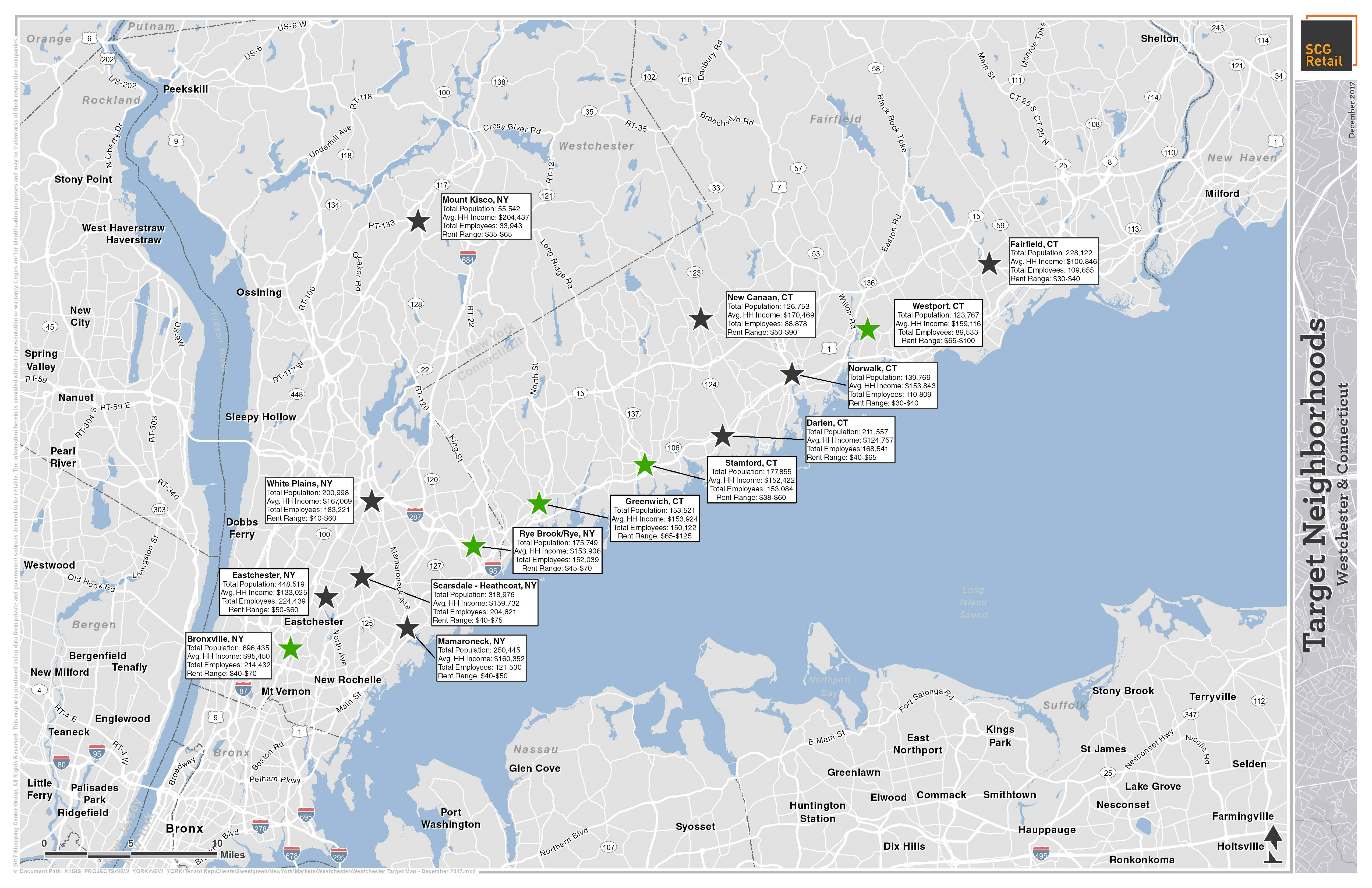
Sample SCG-Retail map of “targeted” neighborhoods in southern Westchester and Fairfield (CT) Counties. SCG-Retail uses ESRI’s Business Analyst to estimate the number of total employees who work within a defined area to generate a general idea of daytime population/employment hubs. Rent ranges (Est. rent per square foot of retail space) is provided by brokers and business partners.
The SCG-Retail GIS operations are built on top of the ESRI GIS platform to conduct their industry leading mapping and demographic studies. Connected offices utilize ArcGIS Server services, ArcGIS Online, and selected ArcGIS client programs. In the Metro NYC region, SCG GIS staff utilize a variety of datasets as part of their market and site specific analysis including ESRI’s Business Analyst and Tapestry Segmentation products and in the a variety of public (Metropolitan Transportation Authority [train, bus, subway ridership], New York City [property/parcels, permits, bus ridership, etc]) and other commercially available real estate and consumer databases. Directing the SCG Retail geospatial efforts its New York City office is Will Parra who joined SCG Retail after working with Sanborn Mapping Company in Pelham, New York.
“SCG Retail’s use of GIS has grown significantly over the past 24-26 months” notes Parra, “it is used and integrated into all of our business decisions”. Illustrative of SCG-Retail’s work is their recent 125th Street Corridor retail analysis in Harlem, New York – with the world famous Apollo Theater near the center of the study area. To assess current and anticipated demographic changes in this area of Manhattan and how these trends will effect the potential retail trade landscape, SCG-Retail GIS staff employed a variety of databases and mapping/analysis tools which enables staff to utilize custom designed GIS tools to establish potential consumer movement patterns in the study area during daytime and evening hours. The resultant findings of their analysis, as highlighted in this StoryMap, identifies the 125th corridor, particularly the western end, as an excellent area for commercial retail growth and development.
Chase Welles, Partner, SCG Retail comments “Within the last 24-36 months, GIS technology has become an essential tool in working with clients and defining potential retail trade areas. SCG Retail always had access to U.S. Census and demographic data, estimated consumer trade and drive-time zones, the ability to place potential consumers in defined locations at specific times of the day (AM/PM) via mobile device (smart phone) generated X,Ys has been a game changer for us working in this space. This mash-up of new consumer locational data with traditional Census, consumer spending patterns, and other GIS overlays is a very new, powerful, and emerging market analysis tool.”
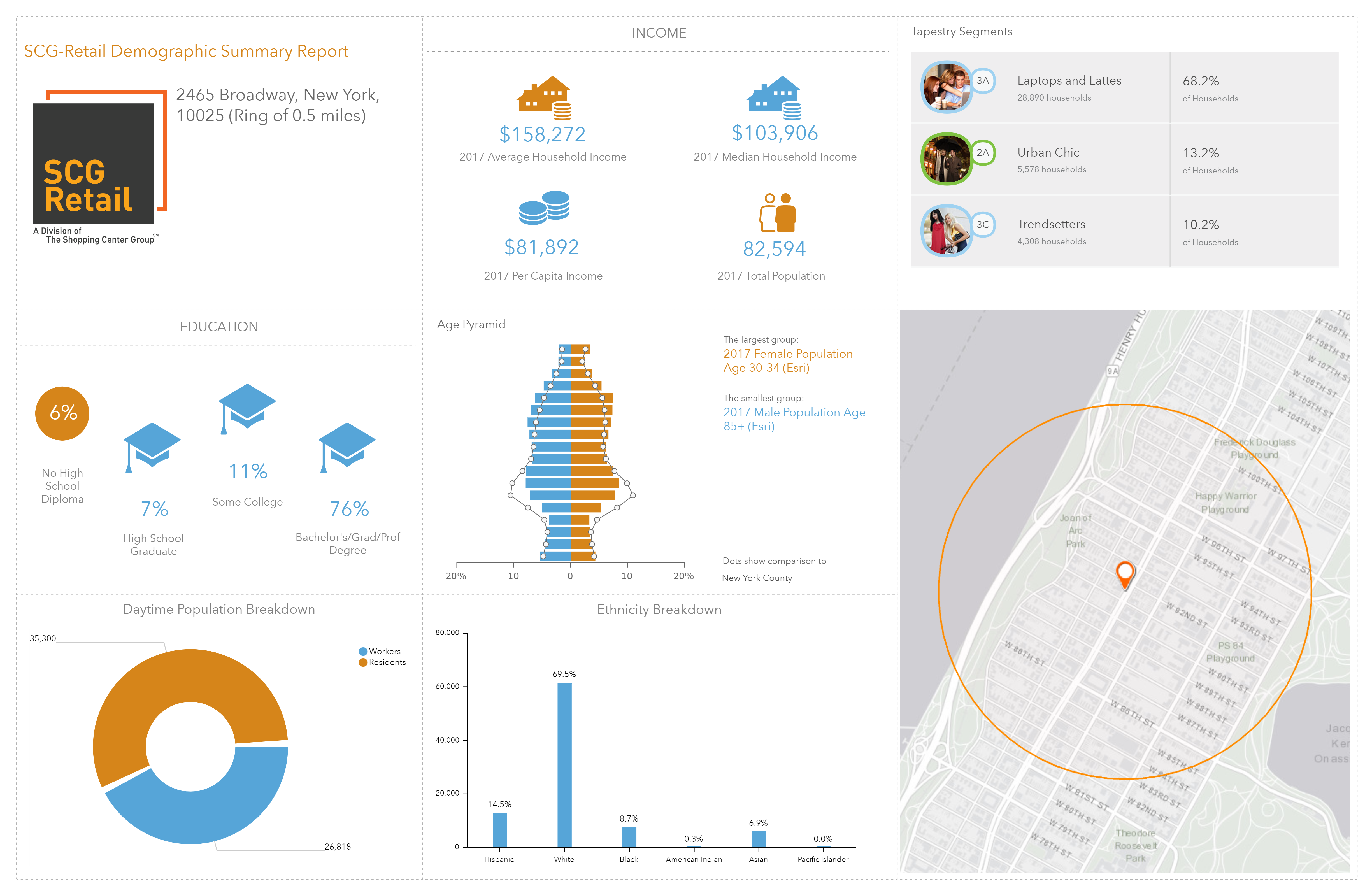
When representing clients, a basic SCG-Retail map product is a radius map (typically .5 mile radius around a specific address) which provides a basic understanding of the demographics in a given designated trade area. Data is generated using ESRI Business Analyst Online.

Using data collected by mobile devices, The Shopping Center Group developed this map in ArcGIS Desktop to highlight the differences between where people who frequent Colonie Center in Albany, New York, live and where they work. This information is then used within Esri Business Analyst Online to uncover the slight variations in both the demographics and the psychographics of Colonie Center guests.
Learn More About SCG
SCG Retail GIS work has been featured in a February 2017 ArcNews article as well as in an ESRI Case Study YouTube video. In 2016, The Shopping Center Group was also recognized at the annual ESRI User Group Conference with a Special Achievement In GIS (SAG) award. Additional information and background on consumer research and analysis in the shopping center industry, visit the International Council of Shopping Centers (ICSC) website.
Contact Will Parra, SCG Retail, at wparra@scg-retail.com.

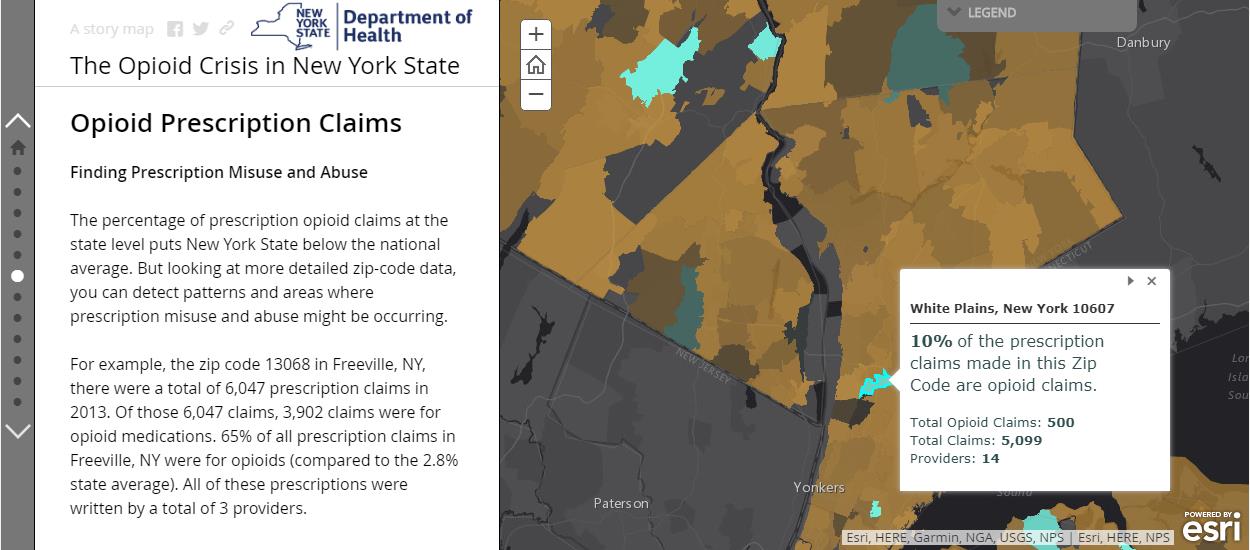
 The CEDRA Corporation offers GIS based software for mapping, civil engineering design and modeling, surveying and database maintenance applications. CEDRA’s
The CEDRA Corporation offers GIS based software for mapping, civil engineering design and modeling, surveying and database maintenance applications. CEDRA’s 